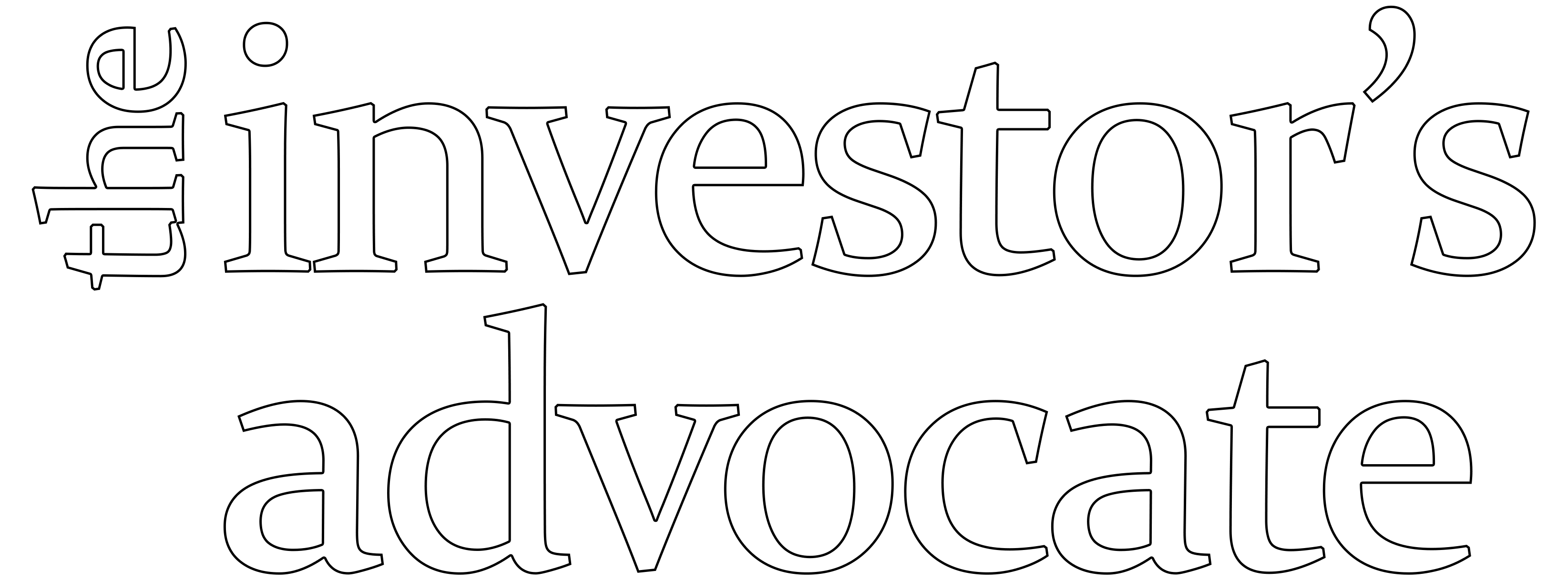
Measures of central tendency are statistical methods used to determine the "center" of a set of data. The three most common measures of central tendency are: the mean, the median, and the mode. Each measure of central tendency has its own advantages and disadvantages, and we should choose the most appropriate one based on different types of data and situations.
The mean, or the arithmetic average of a set of observations, is equal to the sum of the measurements divided by the number of observations.
The mode of a set of numbers is the most commonly occurring value.
The median of a set of numbers is the middle number (or the average of the two middle values) when the observations are arranged in ascending order. Therefore, half of the observations are higher than the median, and half of the observations lie below the median.
Skewness is a measure of the asymmetry in observations due to extreme values. If there are more extreme large values than small values, the data is skewed to the right. On the other hand, if there are more extreme small values than large values, then the data is skewed to the left.
Mean: 118 | Median: 120 | Mode: 122
The wider the swings in an investment's price, the greater chance of a loss on investment.
In certain types of investments, such as a retirement savings account, investors want to have as little uncertainty as possible.
Price volatility presents arbitrary opportunities to buy assets cheaply and then sell them when they are overpriced.
Using volatility helps investors calculate the right value for an investment, especially for investments with a complicated structure.